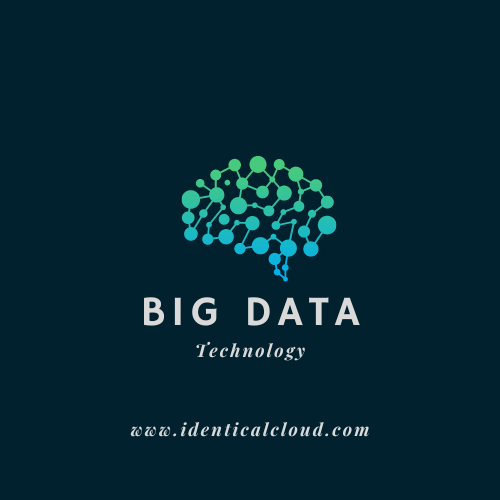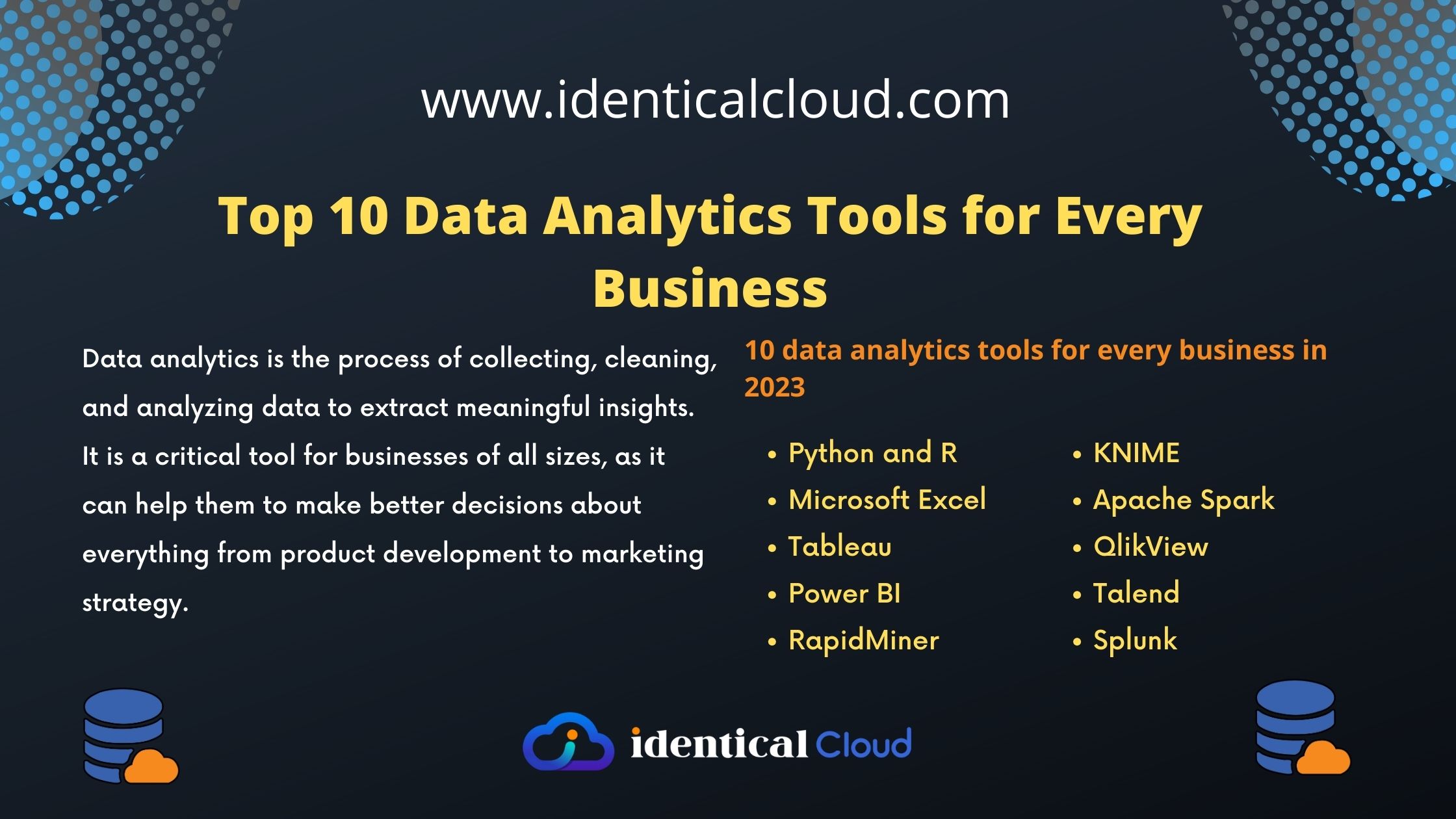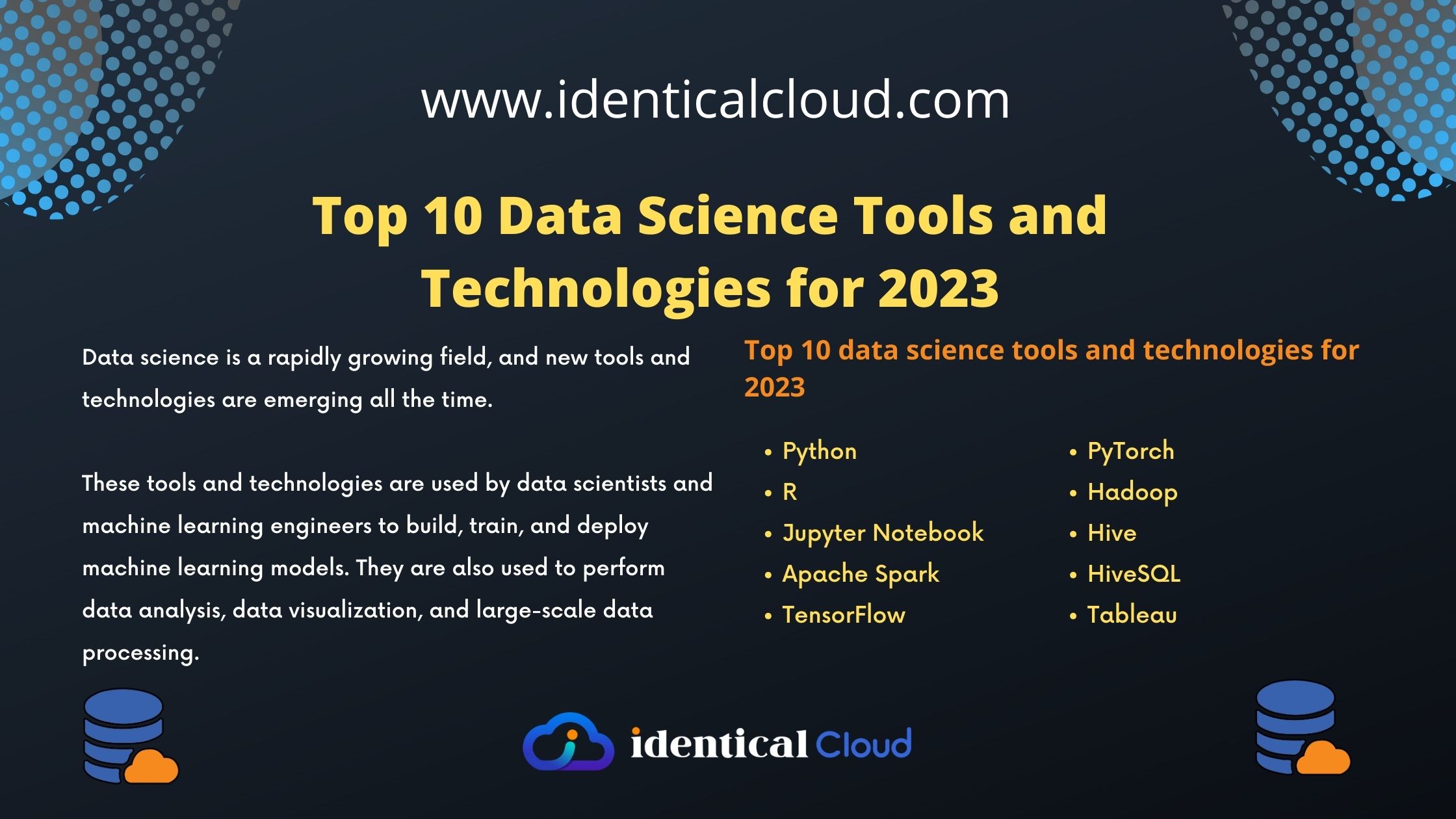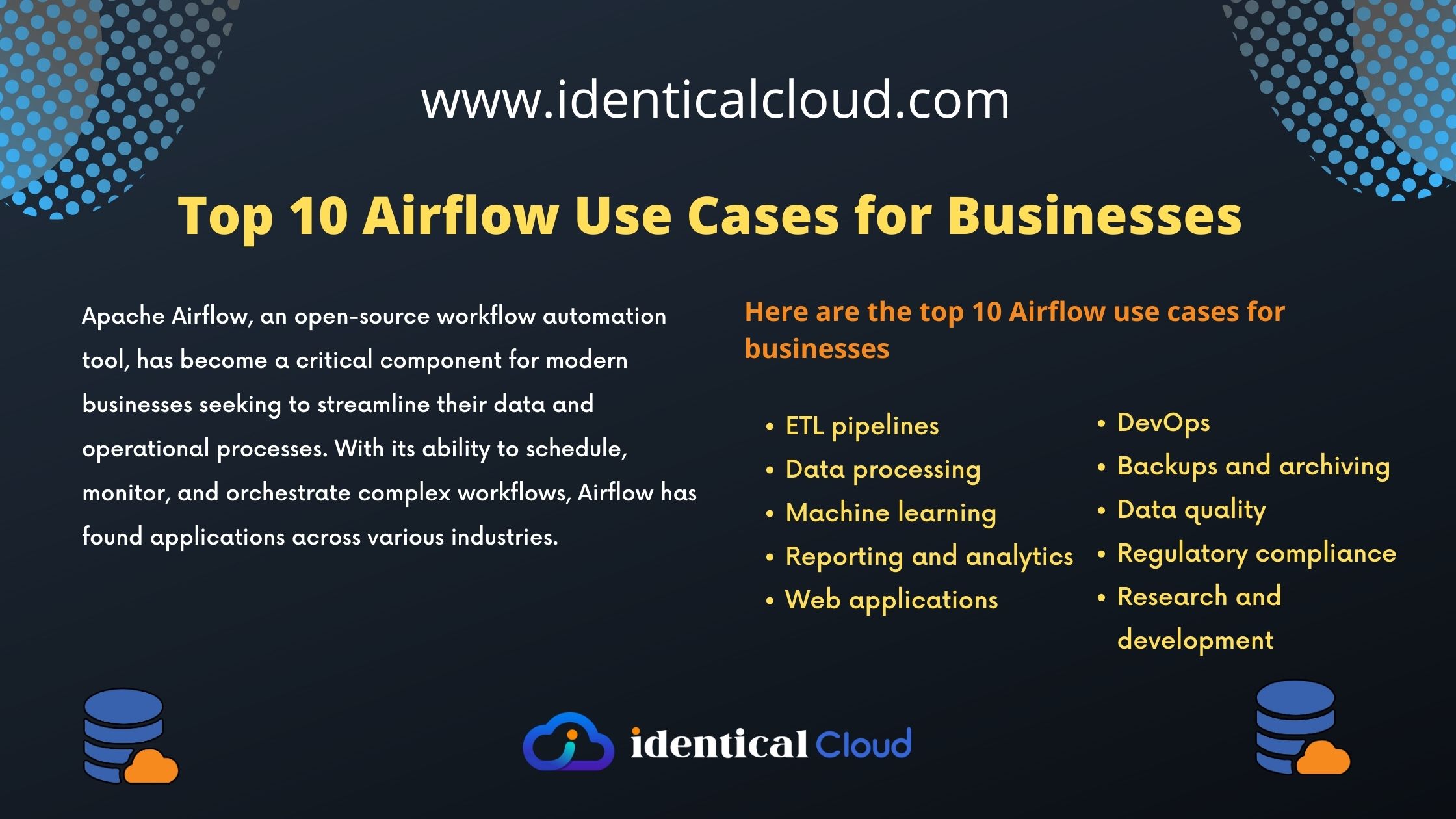
Big Data
What is Big Data?
Big data is a combination of structured, semistructured, and unstructured data collected by organizations that can be mined for information and used in machine learning projects, predictive modeling, and other advanced analytics applications.
Big data is often characterized by the three V’s:
1. the large volume of data in many environments.
2. the wide variety of data types is frequently stored in big data systems.
3. the velocity at which much of the data is generated, collected, and processed.
Volume
Organizations collect data from a variety of sources, including transactions, smart (IoT) devices, industrial equipment, videos, images, audio, social media, and more. In the past, storing all that data would have been too costly – but cheaper storage using data lakes, Hadoop, and the cloud have eased the burden.
Velocity
With the growth in the Internet of Things, data streams into businesses at an unprecedented speed and must be handled in a timely manner. RFID tags, sensors, and smart meters are driving the need to deal with these torrents of data in near-real time.
Variety
Data comes in all types of formats – from structured, numeric data in traditional databases to unstructured text documents, emails, videos, audios, stock ticker data, and financial transactions.
Why is big data important?
Companies use big data in their systems to improve operations, provide better customer service, create personalized marketing campaigns and take other actions that, ultimately, can increase revenue and profits. Businesses that use it effectively hold a potential competitive advantage over those that don’t because they’re able to make faster and more informed business decisions.
For example, big data provides valuable insights into customers that companies can use to refine their marketing, advertising, and promotions in order to increase customer engagement and conversion rates. Both historical and real-time data can be analyzed to assess the evolving preferences of consumers or corporate buyers, enabling businesses to become more responsive to customer wants and needs.
Here are some more examples of how big data is used by organizations:
1. In the energy industry, big data helps oil and gas companies identify potential drilling locations and monitor pipeline operations; likewise, utilities use it to track electrical grids.
2. Financial services firms use big data systems for risk management and real-time analysis of market data.
3. Manufacturers and transportation companies rely on big data to manage their supply chains and optimize delivery routes.
4. Other government uses include emergency response, crime prevention, and smart city initiatives.
Big Data Characteristics
Volume
The quantity of generated and stored data. The size of the data determines the value and potential insight, and whether it can be considered big data or not. The size of big data is usually larger than terabytes and petabytes.
Variety
The type and nature of the data. The earlier technologies like RDBMSs were capable to handle structured data efficiently and effectively. However, the change in type and nature from structured to semi-structured or unstructured challenged the existing tools and technologies.
Velocity
The speed at which the data is generated and processed to meet the demands and challenges that lie in the path of growth and development. Big data is often available in real-time. Compared to small data, big data is produced more continually. Two kinds of velocity related to big data are the frequency of generation and the frequency of handling, recording, and publishing.
Veracity
The truthfulness or reliability of the data refers to the data quality and the data value. Big data must not only be large in size but also must be reliable in order to achieve value in its analysis of it. The data quality of captured data can vary greatly, affecting the accurate analysis.
Value
The worth of information can be achieved by the processing and analysis of large datasets. Value also can be measured by an assessment of the other qualities of big data. The value may also represent the profitability of information that is retrieved from the analysis of big data.
Variability
The characteristic of the changing formats, structure, or sources of big data. Big data can include structured, unstructured, or combinations of structured and unstructured data. Big data analysis may integrate raw data from multiple sources. The processing of raw data may also involve transformations of unstructured data to structured data.
Exhaustive
Whether the entire system (i.e., {\textstyle n}{\textstyle n}=all) is captured or recorded or not. Big data may or may not include all the available data from sources.
Fine-grained and uniquely lexical
Respectively, the proportion of specific data of each element per element collected and if the element and its characteristics are properly indexed or identified.
Relational
If the data collected contains common fields that would enable a conjoining, or meta-analysis, of different data sets.
Extensional
If new fields in each element of the data collected can be added or changed easily.
Scalability
If the size of the big data storage system can expand rapidly.
6 big data benefits for businesses
- Better customer insight
- Improved operations
- More insightful market intelligence
- Agile supply chain management
- Data-driven innovation
- Smarter recommendations and targeting
Why Is Big Data Important?
1. Determining root causes of failures, issues, and defects in near-real time.
2. Spotting anomalies faster and more accurately than the human eye.
3. Improving patient outcomes by rapidly converting medical image data into insights.
4. Recalculating entire risk portfolios in minutes.
5. Sharpening deep learning models’ ability to accurately classify and react to changing variables.
6. Detecting fraudulent behavior before it affects your organization.










